Making Robotics Accessible—Without Making a Robot Myself
Finding a Place in Robotics Without a Competition Background
Before joining Up the Ratios, I didn’t have a long history with robotics competitions like VEX or FRC. I wasn’t part of a build team in high school, and I didn’t grow up creating robots. So when I stepped into the role of Media Director at a robotics nonprofit, I wasn’t sure how exactly I would fit in. What I quickly learned is that this organization thrives because it brings together people from a variety of skill sets, and that includes storytellers like me. Up the Ratios isn't just about engineering; it's about making robotics accessible, inclusive, and visible to students and communities that might otherwise never see themselves in STEM. That’s where I realized I could make an impact.
Learning the Language of Robotics Through Storytelling
One of the first things I had to do in this role was learn enough about robotics to communicate it clearly to a general audience. When our team hosted a webinar on VEX troubleshooting, I wasn’t the one diagnosing a robot’s drivetrain issues—I was the one designing the promotional graphics and turning the content into accessible posts for social media. In doing that, I had to bridge a gap: taking complex technical content and repackaging it in a way that both robotics newcomers and parents could understand. I was learning alongside the audience, and in some ways, that helped me identify which parts of the story needed more explanation. My unfamiliarity with the competition world became a strength, it gave me a different lens and helped us reach people who might otherwise be intimidated by the tech.
Contributing to the Mission Without Technical Skills
A big part of Up the Ratios’ mission is making robotics accessible, and that extends to its team. Our structure includes contributors with a wide range of expertise: mentors who are competition veterans, educators, curriculum designers, and people like me who focus on communication and engagement. My responsibilities as Media Director range from managing our social media presence and creating other content to coordinating digital campaigns and documenting the impact of our programs. Whether it’s designing a post that announces a new club in rural India or building a story around a donated Arduino kit that changed a student’s academic path, every project connects our technical team’s work to the broader community. You don’t need to know how to build a robot to tell the story of what that robot represents.
Highlighting Impact Across Borders and Backgrounds
Part of what drew me to Up the Ratios was its international scope and grassroots impact. The organization has reached students in three countries across two continents, providing over $10,000 in robotics kits and parts, and offering more than 150 hours of free instruction. From donation drive spotlights to behind-the-scenes photo essays on classroom builds, my job is to surface the stories that prove STEM is for everyone—not just for people who grew up in robotics competitions.
Why Diverse Roles Make the Mission Stronger
Working at a robotics nonprofit without being a robotics expert might seem strange at first, but it’s actually one of the reasons Up the Ratios functions so well. We don’t all bring the same background, and that’s the point. The technical mentors build robots, lead workshops, and coach teams. I build narratives, lead communications, and coach ideas into campaigns. Together, we scale the mission. I’ve found that some of the most powerful moments in our outreach come from that collaboration—when we pair a student’s first robot build with a short caption that explains the "why" behind it, or when a donor sees exactly how their used VEX motors ended up changing a classroom in another country. I didn’t need a robotics trophy to contribute; I just needed to care about making STEM accessible and have the tools to communicate that clearly. That’s what being the Media Director at Up the Ratios is really about.

